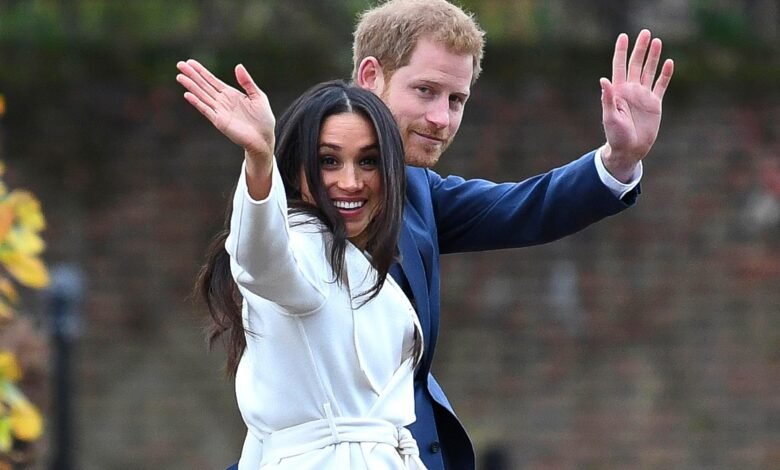The Definition Of Meghan Markle

Meghan Markle has a very unique and unusual name. People first heard of her as the actress who played Rachel Zane in Suits but to many people, she is noted for her unique name. This article will examine the definition of Meghan Markle and why it is so unusual.
What is the definition of Meghan Markle?
This is a question that has been on many people’s minds, and there is no single answer.
Meghan Markle was born on September 25th, 1981 in Los Angeles, California. She is the daughter of Doria Ragland and Thomas Markle Jr. and has three half-siblings. She was raised in Mar-a-Lago, an estate in Palm Beach County, Florida. She began her career as a model at the age of just 15 years old. In May 2011, she married Prince Harry of Wales in a private ceremony at St George’s Chapel in Windsor Castle. They have one child together – Princess Charlotte – who was born in May 2018.
The British press has coined Meghan Markle the “first black American princess”. She has frequently been compared to Diana, Princess of Wales, who was also English and divorced from an American prince. Markle is also frequently called “the future queen” and “the new Diana”.
How does this define anything other than her being royal?
The article “The Definition Of Meghan Markle” discusses how Meghan Markle is redefining the meaning of “woman.” It points out that her activism and work with social causes are making her an example for other women, showing them that they can do anything they want in life. The article also comments on how people are starting to see her as more than just a royal and a celebrity, which is a good thing.
Why does it matter whether or not she has dark hair?
When Meghan Markle was announced as the newest royal bride, some people were quick to point out that she doesn’t have the characteristic dark hair of other royals. Some speculated that this might be a problem because her father is black and her mother is white.
But why does it matter?
First of all, not all royals have dark hair. Queen Elizabeth II, for example, has light brown hair. Secondly, even if Meghan did have dark hair, it wouldn’t necessarily make a difference. A lot of factors go into being a successful monarch, and having dark hair isn’t one of them. What matters is how well she performs as queen and how she represents her country.
The evolution of what was considered to be a beautiful woman.
What was once considered to be the perfect woman? We all know it wasn’t always easy. For centuries, society has put certain ideals and standards upon what is considered beautiful. Women have fought tooth and nail to maintain their image, even if it meant compromising who they were as people. And we’re not just talking about physical beauty here- even within our own gender, there’s still a lot of pressure put on women to maintain a certain level of femininity.
Thankfully, over the years, these standards have slowly been changing. We now see more and more diverse representations of beauty on TV, in movies, and in general. And it’s not just women that are benefiting from this shift- traditionally masculine styles like barbering and tattooing are now becoming more popular among men as well. So whatever your definition of “beautiful,” know that there’s no one standard anymore- and that’s a good thing!




